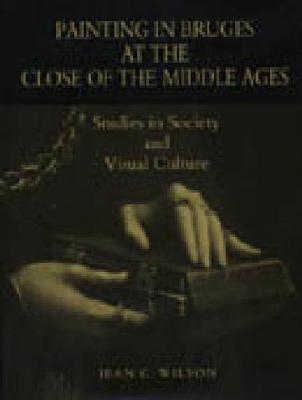This book is the first to explore the origins and nature of the demand for painting in Bruges over the course of the fifteenth century and its subsequent effect on the community of painters and their workshop and marketing practices. The evolution of Bruges was fundamentally linked with commerce, and as a result of the city's thriving international trade and rising merchant class, it was to become one of the most affluent and cosmopolitan centers in late medieval Europe. However, only after the Duke of Burgundy moved his court to Bruges in the early decades of the fifteenth century would it begin to be a major center for the production of panel painting. This study examines the coming together of the opulent Burgundian court, an affluent urban bourgeoisie, and an increasingly expanding community of painters, and the effects of this dynamic social configuration on the newly emerging art of oil painting.
Specifically, Wilson argues that while the nobility were not particularly active as patrons of paintings, members of the urban patriciate who hoped to enter into the circle of the court were nevertheless influenced by the nobility's culture of display and found that paintings effectively served their needs for representations of their aspirations for social advancement. She further suggests that, in commissioning altarpieces for ecclesiastical interiors, patrons were also concerned to include their portraits and coats of arms in an effort to promote the status and prestige associated with their families. The demand for paintings was therefore to escalate throughout the fifteenth century, resulting in painters' increasing involvement in the reproduction of popular compositions and the eventual emergence of a mass market for their art.
- ISBN10 0271016531
- ISBN13 9780271016535
- Publish Date 10 March 1998
- Publish Status Out of Print
- Out of Print 27 January 2021
- Publish Country US
- Imprint Pennsylvania State University Press
- Format Hardcover
- Pages 272
- Language English
